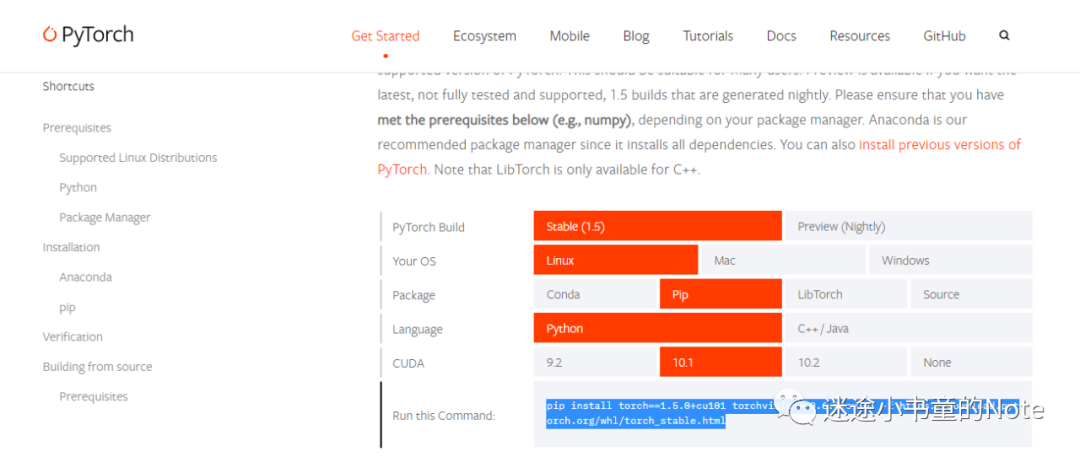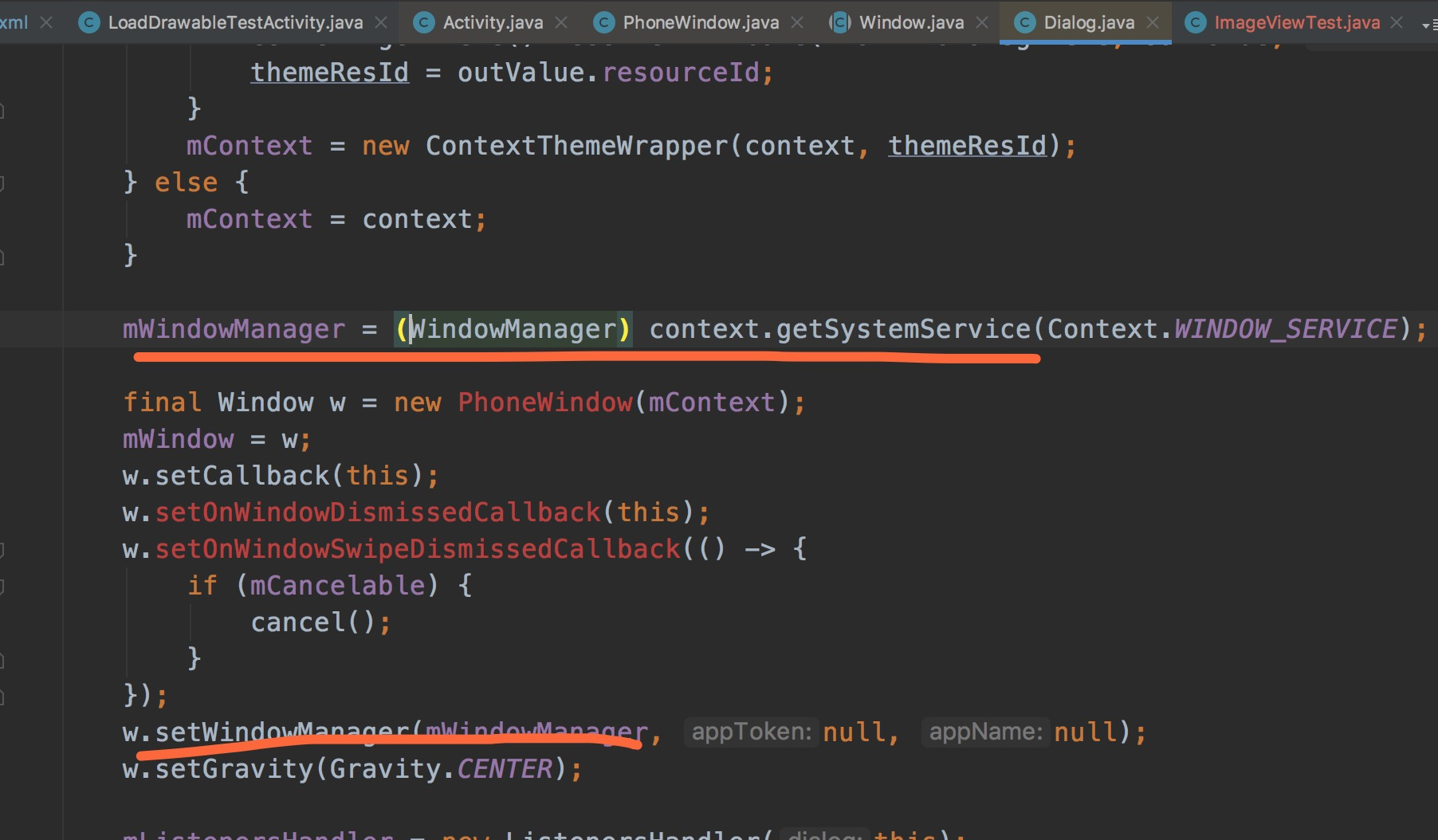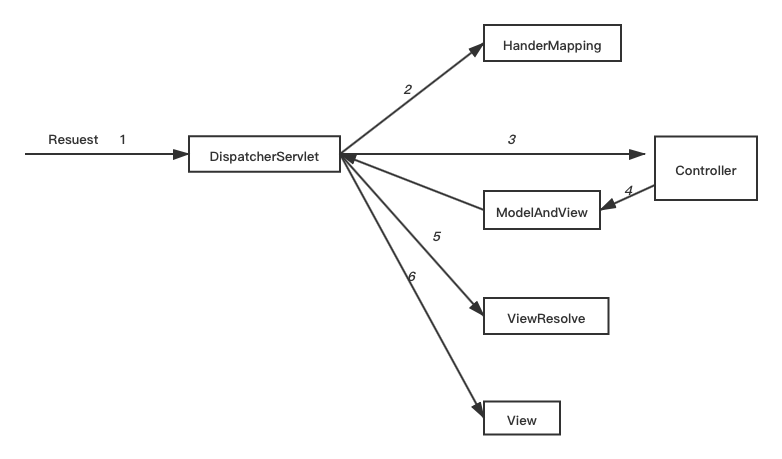Let's say I have this data:
Earn Earn Cum.
13-Apr - -
14-Apr 48 48
15-Apr 257 305
16-Apr 518 823
17-Apr 489 1,312
18-Apr 837 2,149
19-Apr 1,005 3,154
20-Apr 1,021 4,175
21-Apr 1,463 5,638
22-Apr 2,630 8,268
23-Apr 2,993 11,261
24-Apr 3,354 14,615
25-Apr 4,332 18,947
26-Apr 4,885 23,832
27-Apr 4,514 28,346
28-Apr 4,356 32,702
29-Apr 4,824 37,526
30-Apr 7,082 44,608
1-May 6,091 50,699
2-May 1,407 52,106
When a date is selected in a dropdown slicer for example: 1-May I'd like to sum the rows 1-May with the next row 2-May for the column Earn and grab the next value 52,106 for the column Earn Cum.. The result should be:
1-May 7,498 52,106
Another example: if the date selected was 30-Apr the result must be:
30-Apr 13,173 50,699
I'm scratching my head trying to do this using a measure in Power BI.
I'll call your table "Data".
Create a measure:
Next Earn =
VAR Current_Date = MAX ( Data[Date] )
VAR Next_Date = Current_Date + 1
RETURN
CALCULATE (
SUM ( Data[Earn] ),
Data[Date] = Current_Date || Data[Date] = Next_Date
)
Create another measure:
Next Cum Earn =
VAR Current_Date = MAX ( Data[Date] )
VAR Next_Date = Current_Date + 1
RETURN
CALCULATE ( SUM ( Data[Earn Cum] ), Data[Date] = Next_Date )
Result:

Note: the code assumes that your dates are sequential (no gaps). If they have gaps, things are a bit more complex.
It will help to have access to date intelligence, so create a date table if you don't have one already. The following dax sets up a small table that just barely covers the sample data in your example.
Date = CALENDAR(Date(2019,4,10),Date(2019,5,5))
Create a relationship between the Dates in your table and the new Date dimension. Add a slicer to your visuals using the Date dimension.
We can use IF and ISFILTERED to check if filtering is being done. If we aren't filtering on Date then we get the normal table behavior. If we are, we'll see our modified result.
Earn _ Alt =
var tomorrow = CALCULATE (
SUM(Table1[Earn]),
dateadd('Table1'[Date], 1, DAY)
)
return Sum(Table1[Earn]) + IF(ISFILTERED`('Date'[Date]),tomorrow,0)`
and
Earn Cum. _ Alt = IF(ISFILTERED('Date'[Date]),
CALCULATE (
SUM(Table1[Earn Cum.]),
dateadd('Table1'[Date], 1, DAY)
),
SUM(Table1[Earn Cum.]))
Results:
-Unfiltered-

-Filtered-







